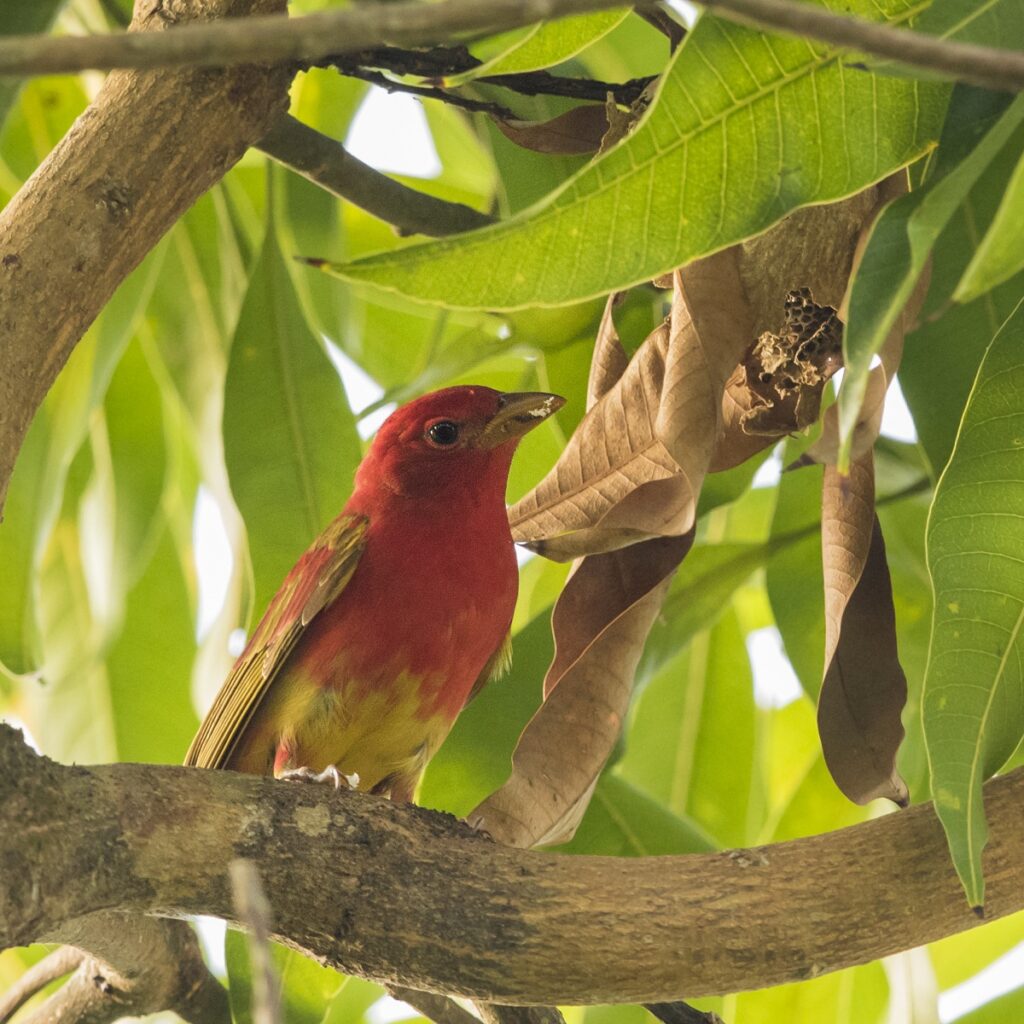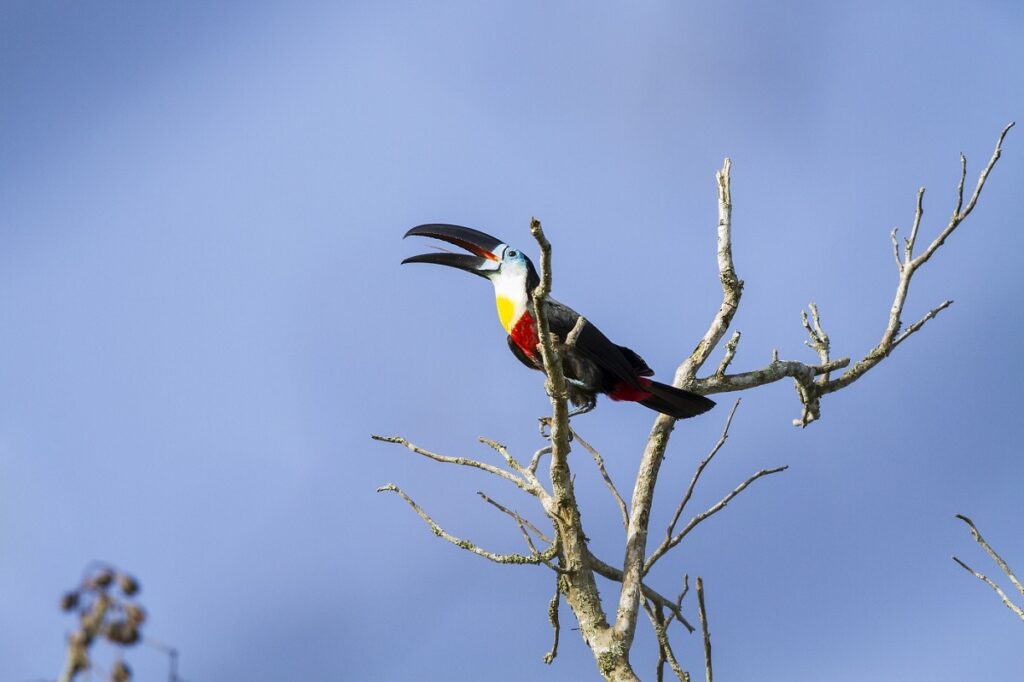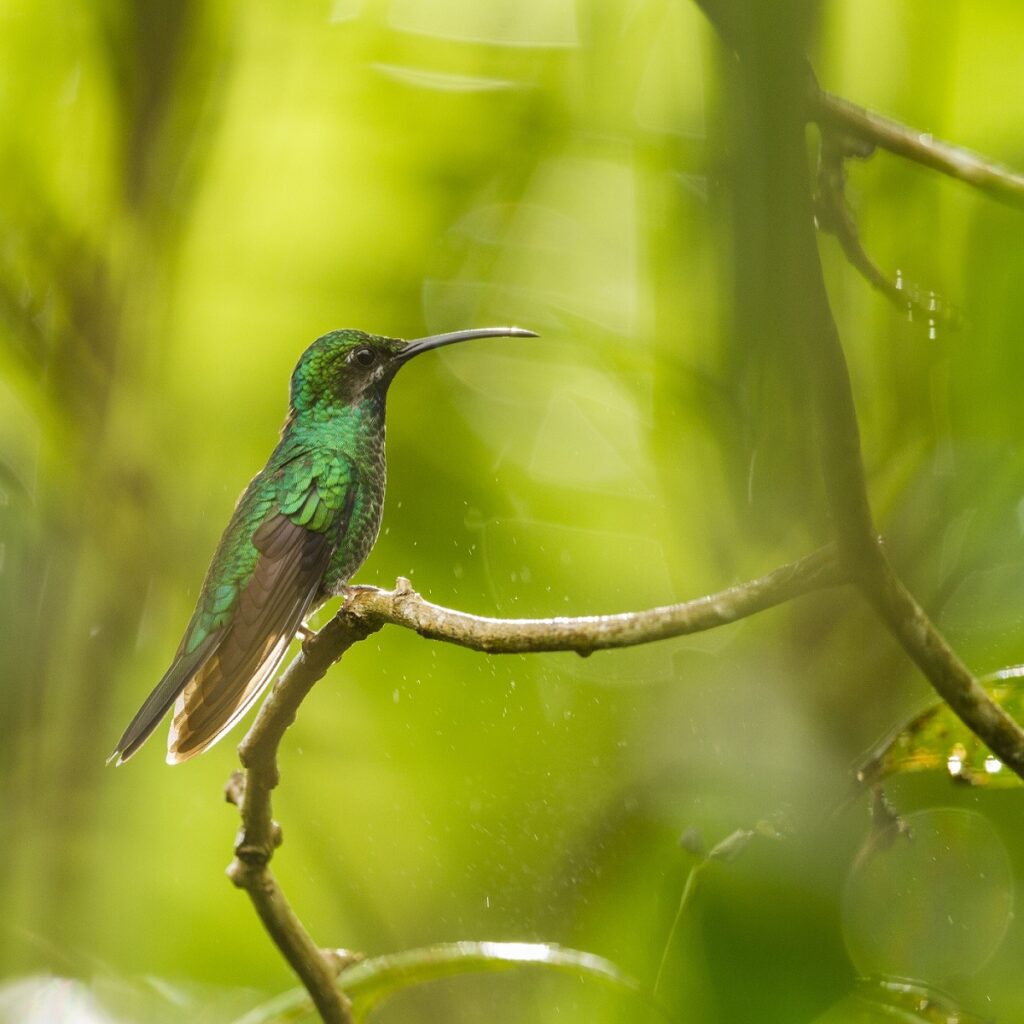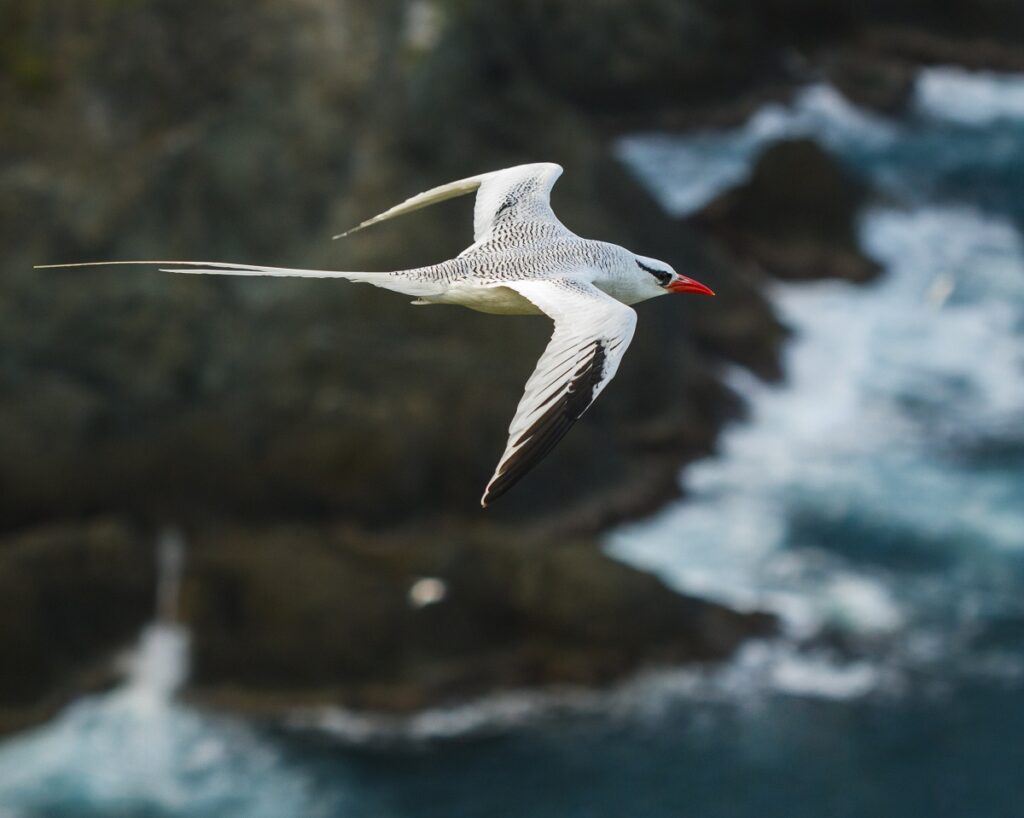Almost invisible on a map of the world, the two tiny islands
of Trinidad and Tobago are located at the southern end of the Caribbean, just
off the northern coast of South America. Its proximity to mainland South
America addresses its history; T&T was a part of South America until just
about ten thousand years ago. This has facilitated a unique mix of flora and
fauna and an unparalleled level of biodiversity for such a small place. Being
an equatorial territory, T&T hosts avian migrants from both the northern
and southern hemispheres, augmenting its already sizeable species count. In
terms of birds, T&T has recorded 489 species. For a territory that is just
over five thousand square kilometres, the species density is among the highest
in the world.


Birding in T&T is often touted as the perfect introduction to the myriad of Neotropical species. Certain families of birds that are seen as symbolic of South America each have a single representative in T&T. One toucan, one jacamar, one cotinga, one motmot and a manageable selection of tanagers, honeycreepers and hummingbirds provide a soft baptism in Neotropical birding. Although both islands are relatively close to one another, they are geologically separate, with Tobago bearing a close relation to the ABC islands (Aruba, Bonaire and Curaçao) found just a few kilometres due west. Consequently, there are several species that are found on one island but not the other.

Trinidad has three main hilly areas, the largest being the Northern Range which runs east-west across the northernmost part of the island. The Northern Range attains a maximum height of just under 1,000m above sea level, high enough to facilitate the existence of some areas of cloud forest. The Northern Range is the northernmost outcrop of the mighty Andes mountain chain that spans many countries throughout South America.
On Tobago, the highest point is just under 600m above sea level within the Main Ridge Forest Reserve – which is in fact the oldest protected rainforest in the western hemisphere. Legally protected since 1776, it was ravaged in 1963 when Hurricane Flora made landfall with 190km/h winds. The White-tailed Sabrewing, a large hummingbird found on Tobago effectively disappeared after the hurricane, but has since made a comeback.

Several wetlands dot the landscape across both Trinidad and Tobago, some are quite local and others are a bit more extensive. Inland wetlands surround rivers as they meander toward the sea, bordered by three species of mangrove trees. Various species of herons, egrets and ducks can be found in these wetlands as well as several resident waterbirds like the Wattled Jacana and Purple and Common Gallinules. On Trinidad, there are three species of bitterns but none of these have ever been recorded on Tobago.

Trinidad also has a unique wet savanna that is home to a few specialized species of birds dependent upon the vegetation present. Trinidad’s west coast is a much-desired refuge for thousands of gulls, terns and migratory waders. The tidal mudflats there turn up surprises each year – sometimes Eurasian vagrants like a Grey Heron or Curlew Sandpiper would make an appearance.

While Tobago lacks the extensive mudflat habitat, its mangrove swamps and unique juxtaposition of coast and rainforest make for truly one-of-a-kind birding. Rocky coastlines, the confluence of the Atlantic Ocean and Caribbean Sea as well as a steep oceanic drop-off not too far offshore facilitate exceptional seabirding opportunities as well. Numerous pelagic terns breed on Tobago’s offshore islets, along with Brown Noddies and Red-billed Tropicbirds. At the right time of year, it is easy to be overwhelmed by the sheer numbers of seabirds.

Birding at a relaxed pace will allow one to soak in the true Caribbean vibe of the islands while being bombarded by new sightings at every turn. Many birders elect to spend a week or two, with their time spread between both islands equally, for each island has its individual charm brought to life through birds.
All photographs in this post were taken in T&T by Faraaz Abdool. Catch me on Instagram or Facebook!